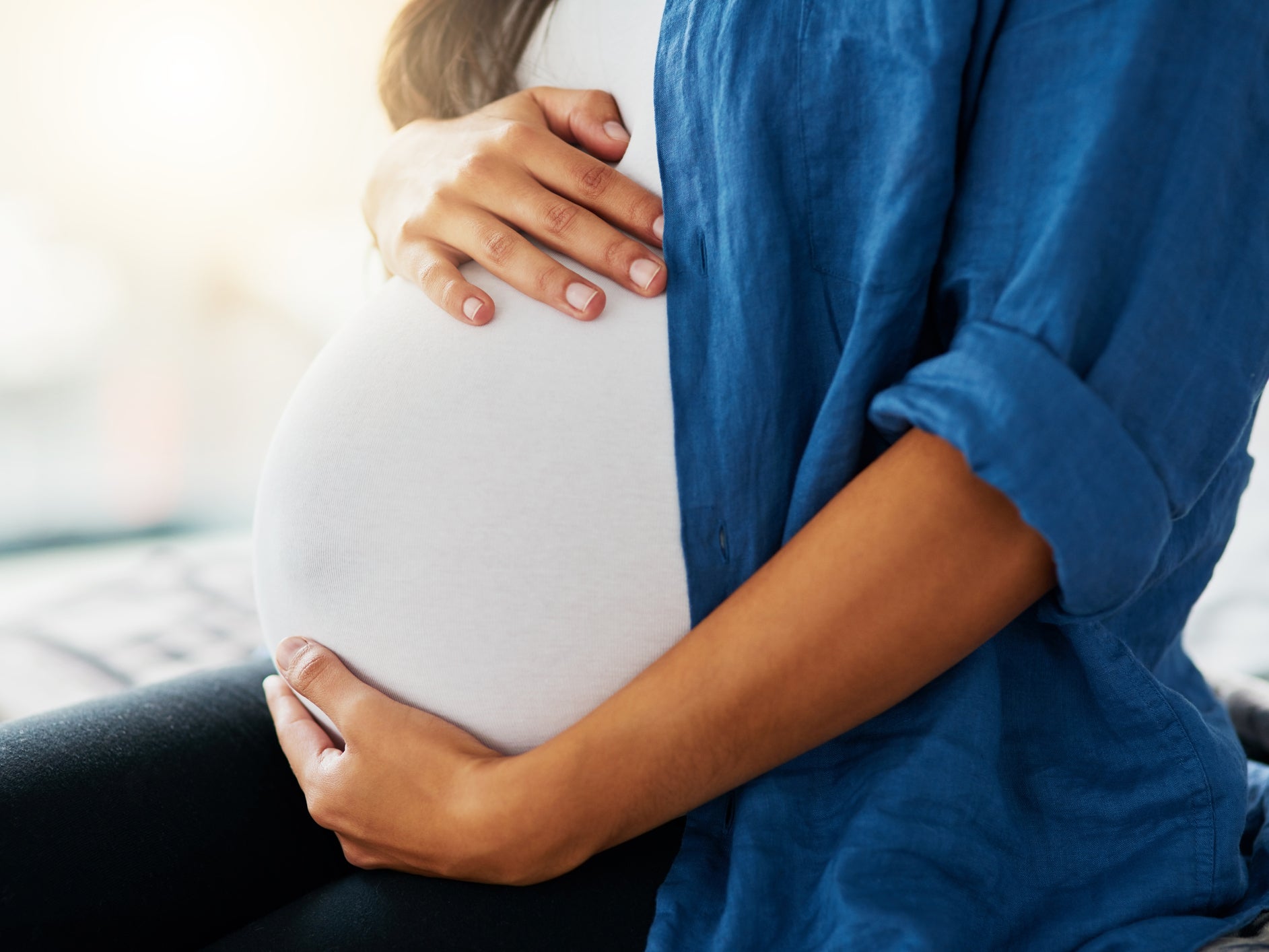I paid $110,000 to give birth. Stop telling me it's a miracle I'm alive
I developed a condition that meant I had to take time off work, then I lost my job. And I was one of the lucky ones

They say you can’t put a price tag on life. Our healthcare system begs to differ. The cost of my 40-week pregnancy with complications – none of which were caused by pre-existing conditions or lifestyle – was $111,712.83.
In November 2018, much to the surprise of my husband and I, I fell pregnant after being told I was infertile. Though we were absolutely shocked and overjoyed, at five weeks pregnant I became very ill. It seemed as my belly grew with a new bursting life inside me, so did the complications, the illness, and the bills.
I was diagnosed with hyperemesis gravidarum, an uncommon but serious pregnancy complication that made me vomit uncontrollably up to 27 times a day. I was quickly admitted to the hospital for fluid management. Once stabilised, I had a PICC line placed in my left arm that allowed for continuous fluids to run, as well as a never-ending dose of Zofran via a wearable pump.
I was put on bedrest with a weekly visit from a home health nurse. I lost my job, and thus half of my household’s income. Just for the placement of the PICC line, a 15-minute process, my insurance was billed over $5,000. As the hyperemesis began to fade around 20 weeks, I was able to have my PICC removed. Another $5,000 to pull out a tube – no pain medications required.
It was around 24 weeks that I began to panic one night after having intense and regular contractions for a little over an hour. After seeing my doctor, I was diagnosed with “uterine irritability”: unproductive, painful labour contractions. This began a series of visits to check the contractions frequently, as my body was simulating actual labour minus dilation. I was checked on a regular basis until I was full term to insure they were still unproductive. My pelvis became the hotspot for pain as I developed symphysis pubis separation in my third trimester, causing me to wear a brace to make the intense, sharp pain I had while walking bearable. More anxiety, more bills.
On 24 July 2019, I gave birth to a beautiful, 8 pound 2 ounce baby girl, after a painful induction and forceps delivery. About three minutes after she was born, I felt the life draining from my body. I could hear my own blood spilling onto the floor. I heard my obstetrician call for anaesthesia and an OR. I watched the absolute terror in my husband’s eyes as he held our newborn and I was wheeled away to be cut open.
I woke up in recovery to a room full of nurses with audible sighs of relief. Four hours after her birth, I was able to hold my baby girl as I was told, at 21 years old, that I had an emergency hysterectomy. I had developed placenta increta, an extremely rare condition where the placenta infiltrates the muscle of the uterus. I spent the next five days in the hospital recovering not only from childbirth, but from a major pelvic surgery. The cost of this? Almost $50,000.
Since I had my daughter, I have heard a thousand and one times that it’s an absolute miracle I am alive – which is true. Placenta increta is extremely dangerous and unheard of in a patient my age. Hyperemesis is extremely dangerous if treatment is avoided. Every complication I had was able to be monitored and treated because I had the means to do so.
Over $100,000 was billed to my insurance. But what if I had lost my insurance when I had lost my job? What if I was single and losing my job due to illness meant losing every cent I had for food, water, rent, or electricity? What if I had died because I was like thousands of Americans who cannot afford their healthcare, and thus avoid seeking treatment?
These “what ifs” are not far-fetched. According to researchers at Harvard, women are 50 per cent more likely to die in childbirth now than in 1990. Of those women who do die, 20-50 per cent of them died of preventable or treatable complications.
The CIA World Factbook lists 46 countries with a lower maternal mortality rate than the United States. In all of these countries, it is much cheaper to give birth than it is in America. A normal vaginal delivery in Germany costs the health service less than $3,000. Canada averages around $3,200. In the UK, there is no bill at all to give birth in any scenario due to the national health system, and it’s a lot safer as well.
In America, an uncomplicated delivery costs an average of $10,000. This is not including insurance premiums, prenatal medical care, or postpartum care.
Healthcare reform is needed and it is imminent. A three-bedroom house with over 1,700 square feet in Springfield, Illinois costs about $11,000 less than it cost for me to have a child and to live.


Join our commenting forum
Join thought-provoking conversations, follow other Independent readers and see their replies